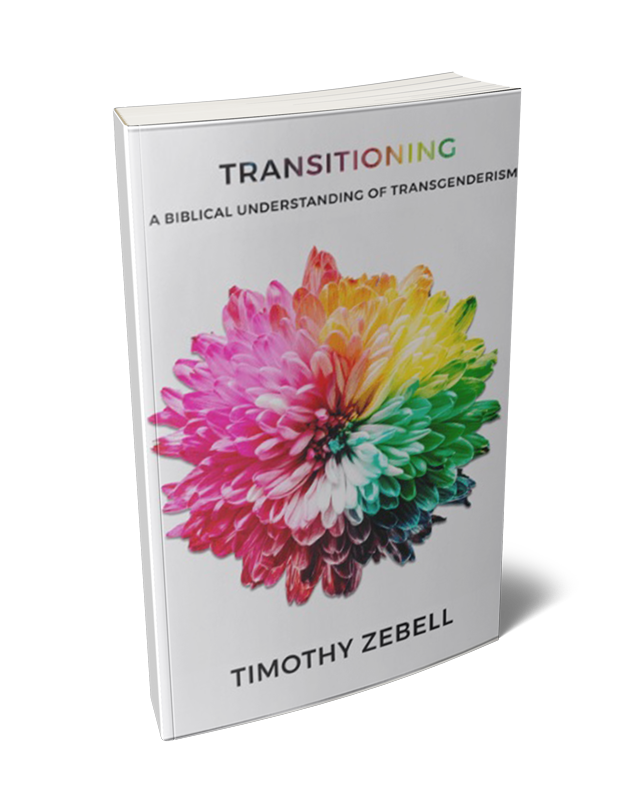We are quickly entering into a brave new world. Some surprising medical advances have given hope to the dream of reassigning a person’s internal sex organs in the near future. In 2013 scientists used skin cells to create eggs that were then fertilized and used to develop baby mice. The Scientific American wrote that this study “suggested that men’s skin cells could be used to create eggs, and that sperm could be generated from women’s cells.”[1] This was soon demonstrated to be true when scientists used human skin cells to create primitive sperm cells that were successfully injected into the testes of mice.[2] Additionally, Live Science reports that “Scientists have tricked male fish cells that were destined to become sperm into switching sex and becoming eggs instead.”[3] Perhaps most importantly, Grant Jacobs reports:
In a stunning paper Henriette Uhlenhaut and 14 others show that if adult mice lose a Foxl2 gene, ovaries become testes. … These researchers raised mice in which they could delete the Foxl2 gene by treatment of tamoxifen, a compound that competes to block the estrogen receptor. … The surprising and unexpected result was that when adult mice were induced to lose their Foxl2 gene, their ovaries changed into testes! … This research shows that the ovary has to maintain constant suppression of the key testis development gene Sox9 by Foxl2; if not ovarian granulosa and theca cells change to become testicular Sertoli and Leydig cells, respectively.
Uhlenhaut and colleagues observe that the full set of genes associated with testis development becomes active and these XX (genetically female) mice produce similar amounts of the male sex hormone testosterone as XY (genetically male) mice.[4]
Moreover, stem cell research has afforded the possibility of growing sex organs from a person’s own genetic tissue. This could be as simple as using stem cells mixed with a patient’s body fat to grow breasts or to increase mass.[5] More significantly, custom-designed sex organs can be grown in a laboratory and then transplanted into the body. Already this has been successfully accomplished, according to a New York Daily News article titled “Woman with Lab-Grown Vagina Talks about Life-Changing Procedure.” The article reports:
A woman who participated in a ground-breaking study where doctors used cells to grow vaginas in a lab said she now leads a normal life thanks to the surgery. The unidentified patient was one of four Mexican women with Mayer-Rokitansky-Küster-Hauser (MRKH) syndrome, a rare genetic condition that causes the vagina to be absent or underdeveloped.[6]
In February 2016, Cleveland Clinic became the first U.S. medical center to perform a uterus transplant into a woman of reproductive age.[7] The possibility of uterus transplants, combined with the ability to grow genetically customized sex organs in a laboratory, and the possibility of manipulating a person’s genetic makeup to transform ovaries and testes all offer promise to those who hope for the possibility of undergoing a complete gender change.
Free Downloads
Share...
1. Cyranoski, David. “Lab-Made Egg and Sperm Precursors Raise Prospect for Infertility Treatment.” Scientific American, August 21, 2013. Accessed June 3, 2016. http://www.scientificamerican.com/article/lab-made-egg-and-sperm-precursors-raise-prospect-for-infertility-treatment.
2. Hewitt, John. “Scientists Turn Skin Cells into Sperm Cells, but Raise Provocative New Questions.” Extreme Tech, May 5, 2014, 4:02 p.m. Accessed June 3, 2016. http://www.extremetech.com/extreme/181746-scientists-turn-skin-cells-into-sperm-cells-but-raise-provocative-new-questions.
3. Than, Ker. “Sperm Cells Turned into Eggs.” Live Science Blog, February 6, 2006. Accessed June 3, 2016. http://www.livescience.com/7006-sperm-cells-turned-eggs.html.
4. Jacobs, Grant. “Deleting a Gene Can Turn an Ovary into a Testis in Adult Mammals.” Sciblogs, January 19, 2010. Accessed June 3, 2016. http://sciblogs.co.nz/code-for-life/2010/01/19/deleting-a-gene-can-turn-an-ovary-into-a-testis-in-adult-mammals.
5. Begley, Sharon. “All Natural: Why Breasts Are the Key to the Future of Regenerative Medicine.” Wired magazine, October 20, 2010, 7:08 p.m. Accessed June 3, 2016. http://www.wired.com/2010/10/ff_futureofbreasts/all/1.
6. Taylor, Victoria. “Woman with Lab-Grown Vagina Talks about Life-Changing Procedure.” Health. New York Daily News, April 19, 2014, 11:45 a.m. Accessed June 3, 2016. http://www.nydailynews.com/life-style/health/woman-lab-grown-vagina-normal-life-article-1.1761999.
7. Cleveland Clinic. “Nation’s 1st Uterus Transplant.” n.d. Accessed June 3, 2016. http://www.clevelandclinic.org/lp/uterus-transplant.
Unless otherwise noted, all Scripture quotations are taken from The Holy Bible, English Standard Version, copyright ©2001 by Crossway Bibles, a publishing ministry of Good News Publishers. Used by permission. All rights reserved.








